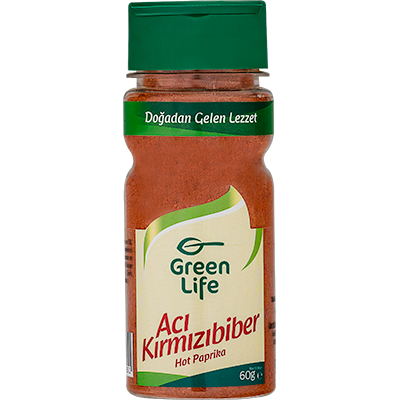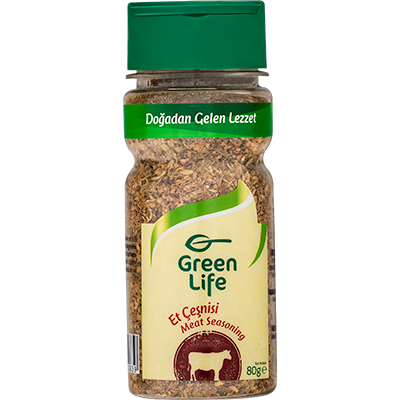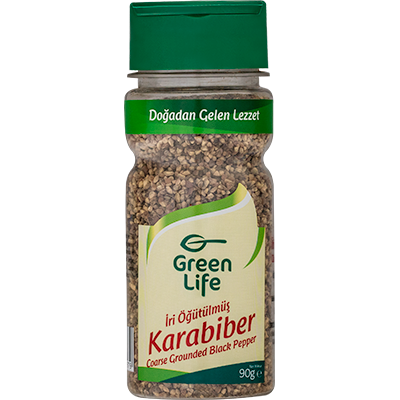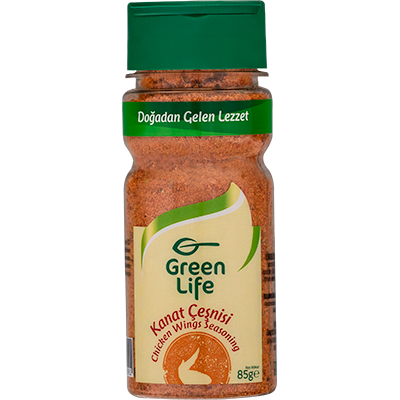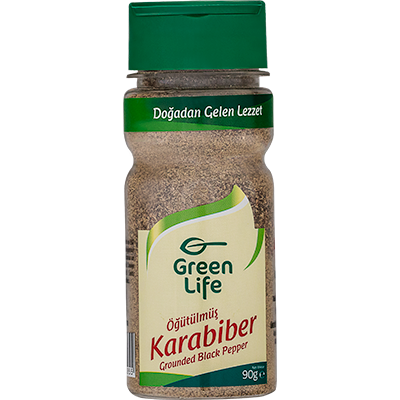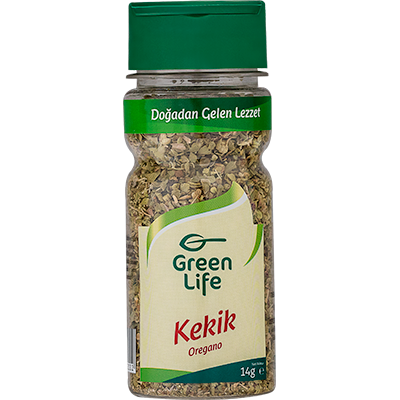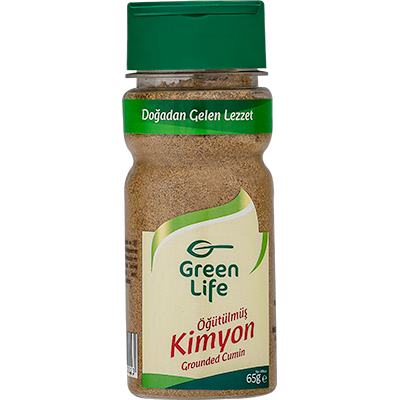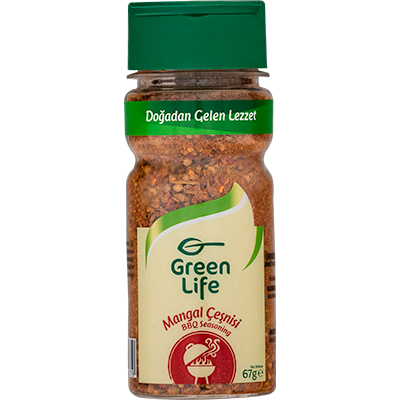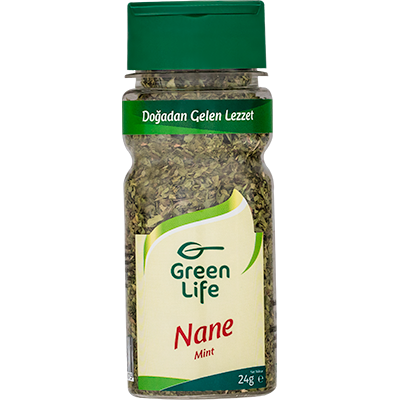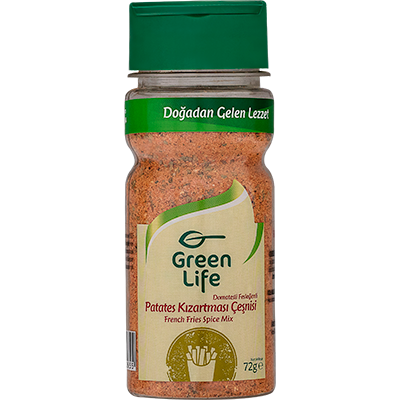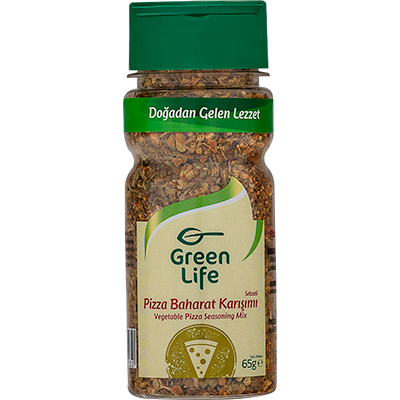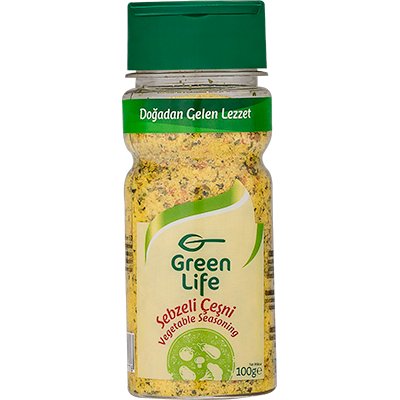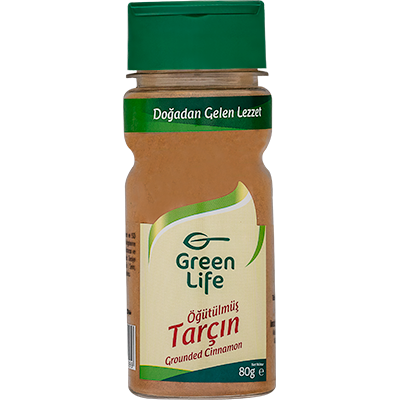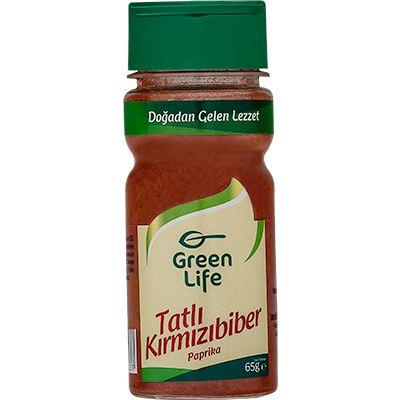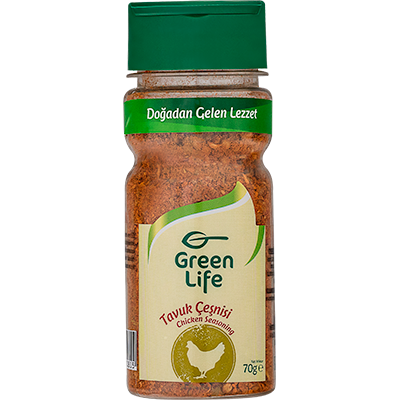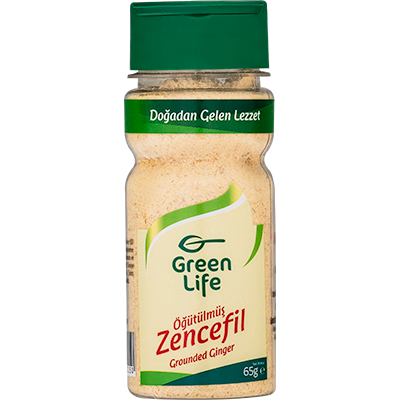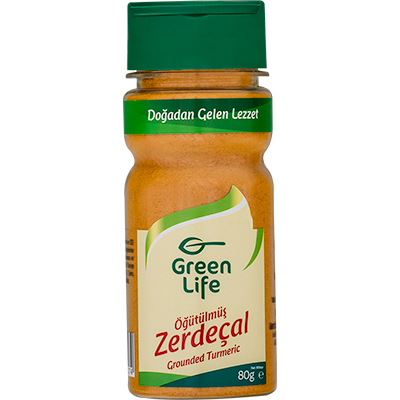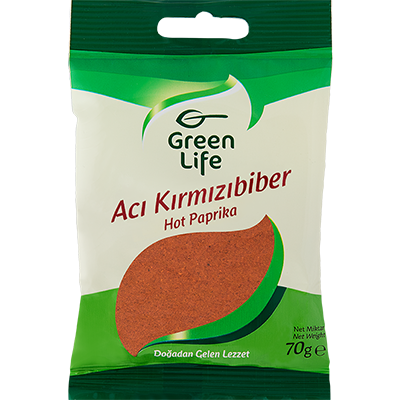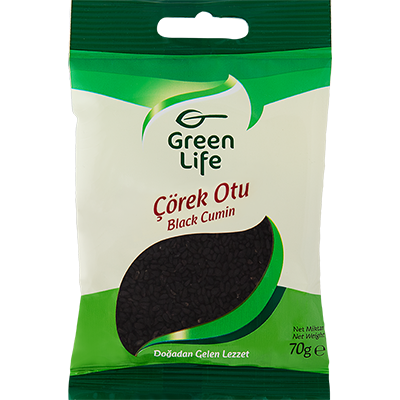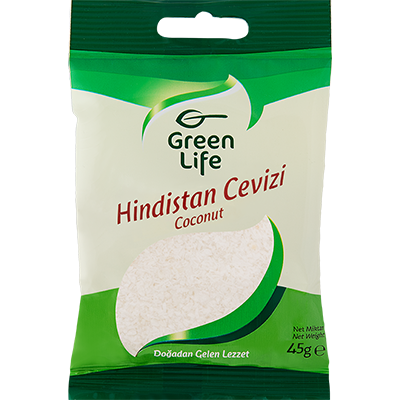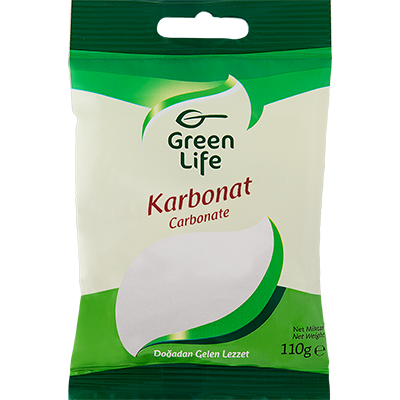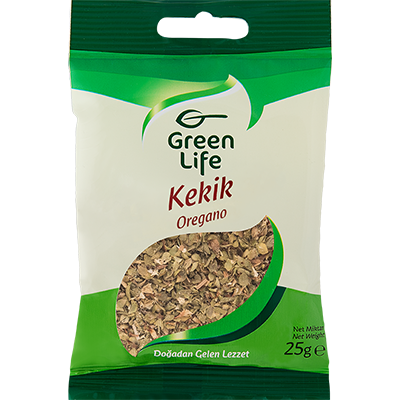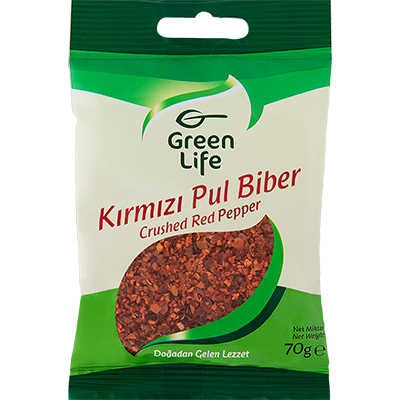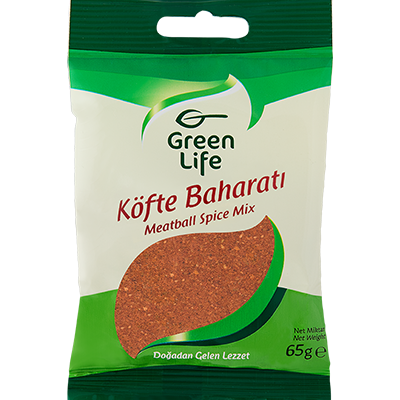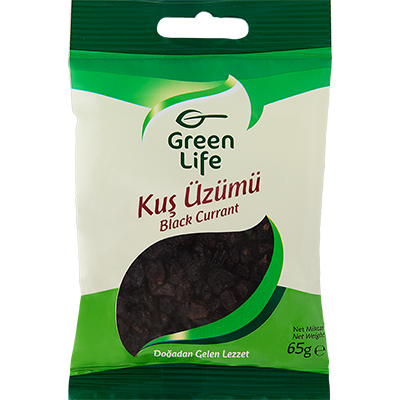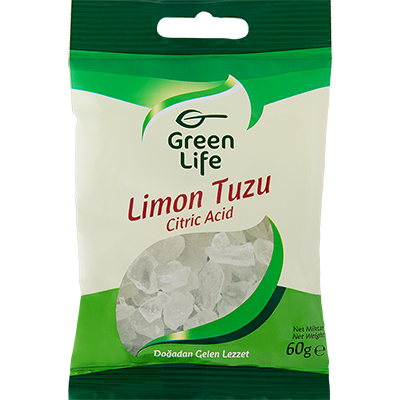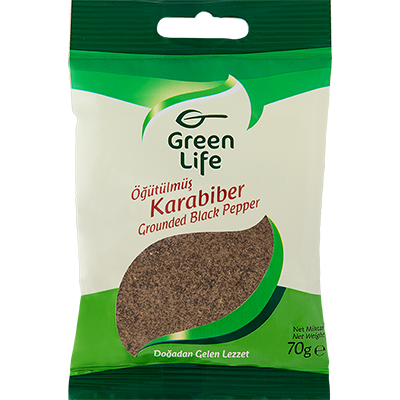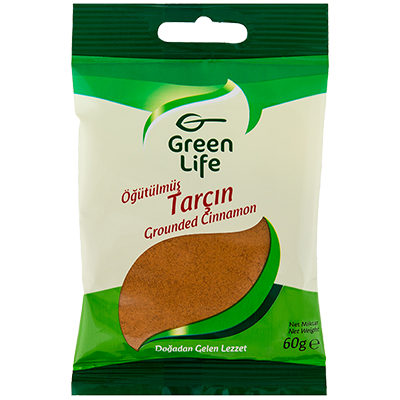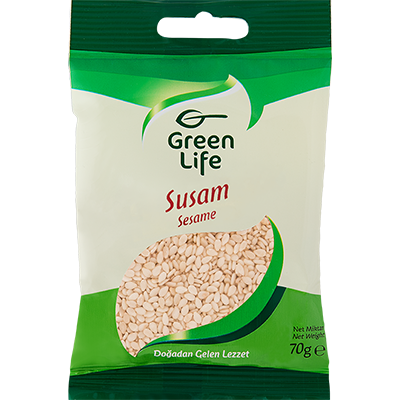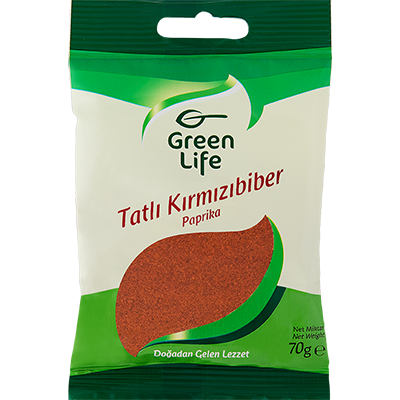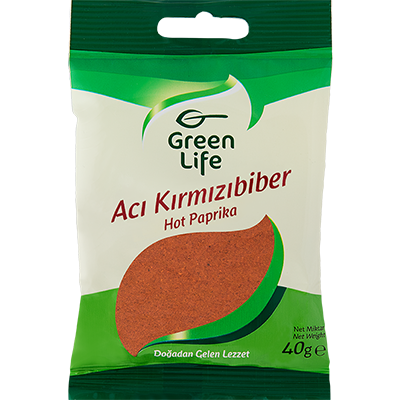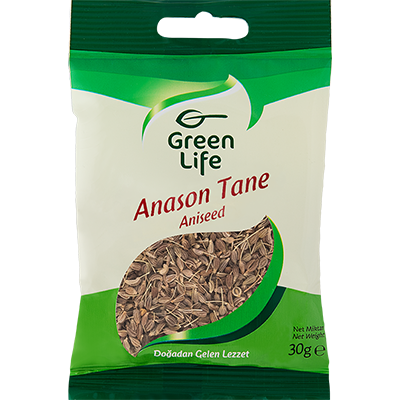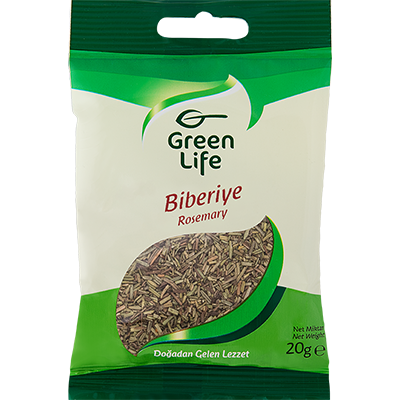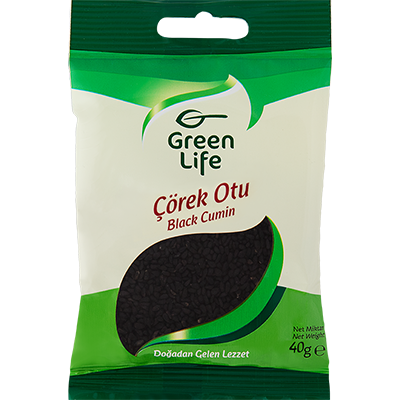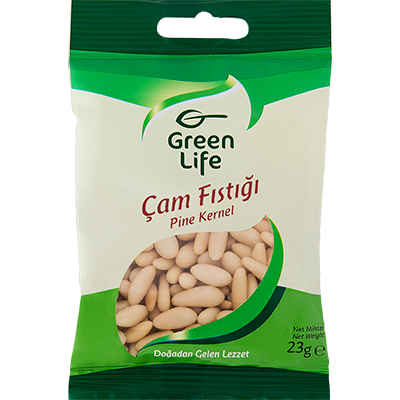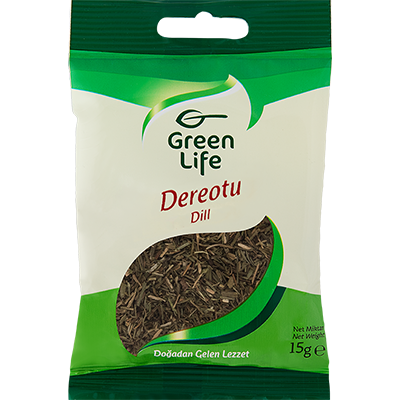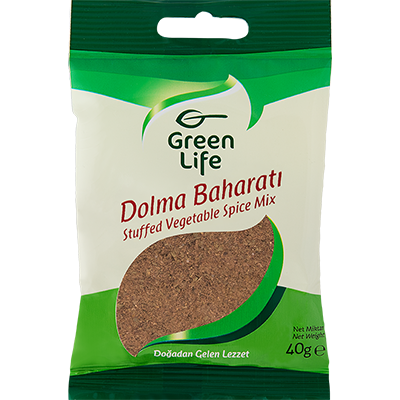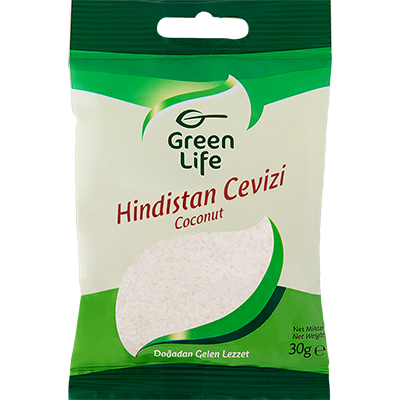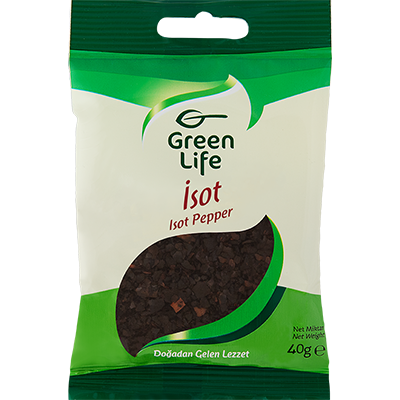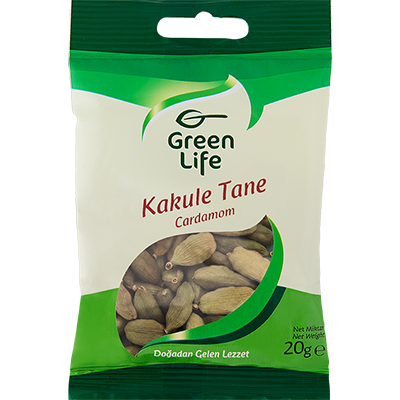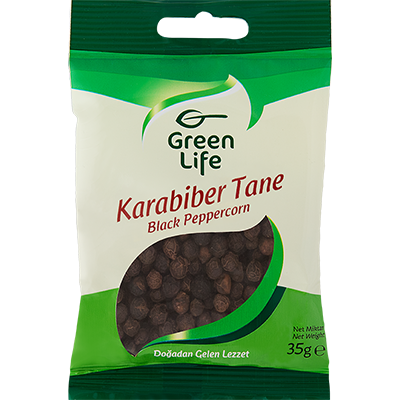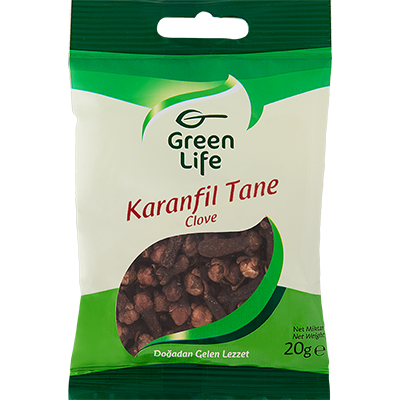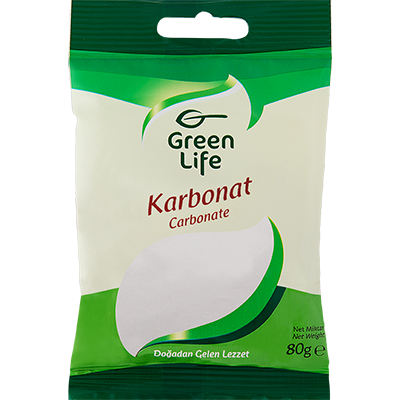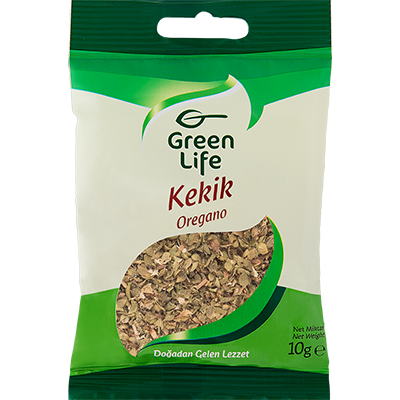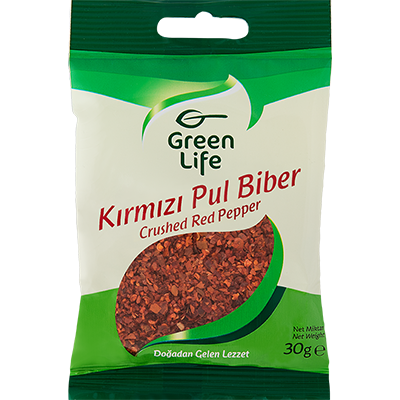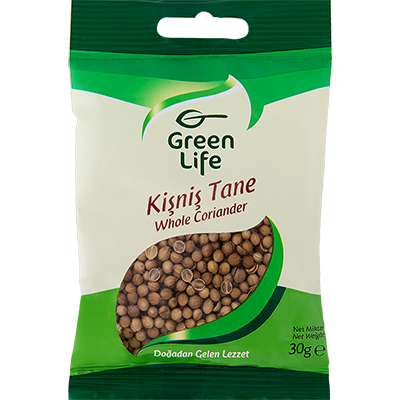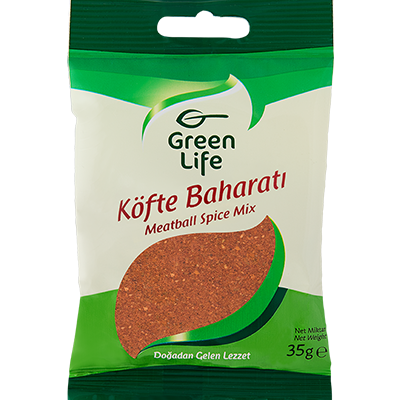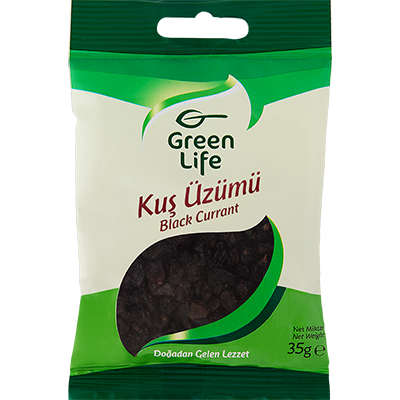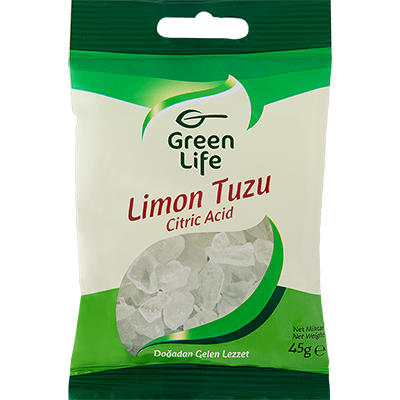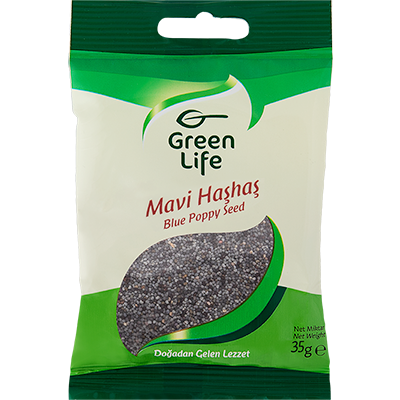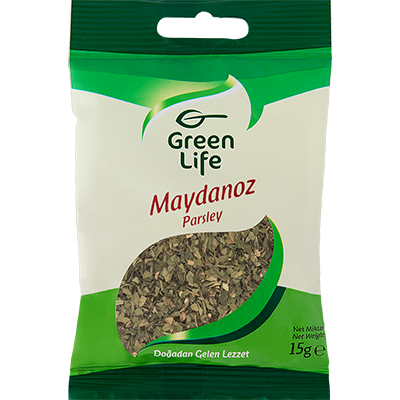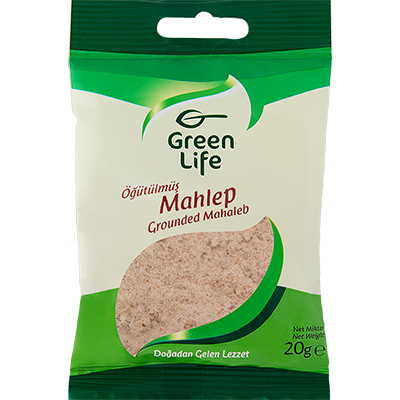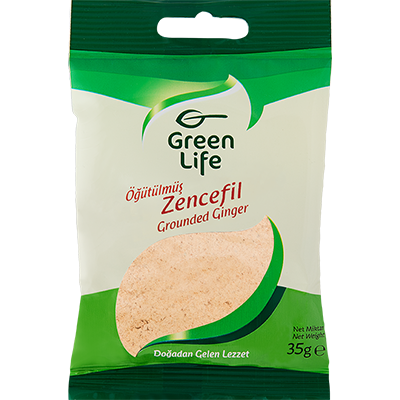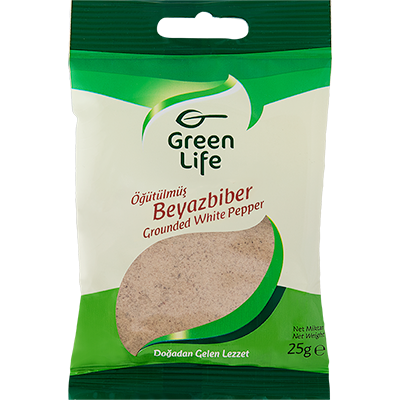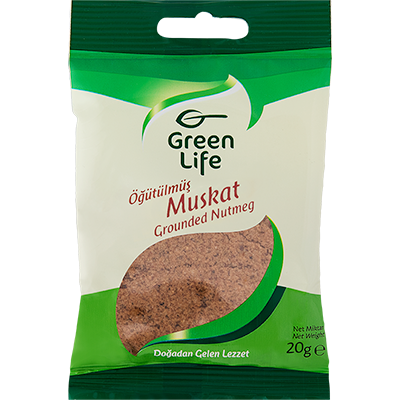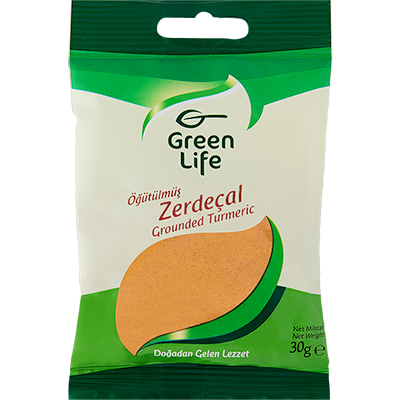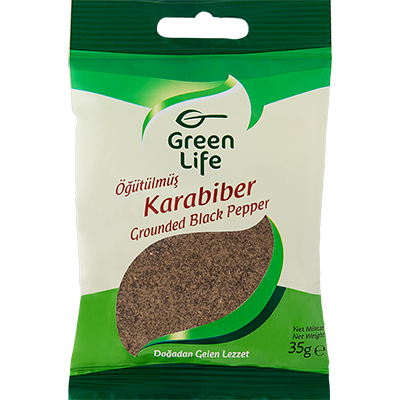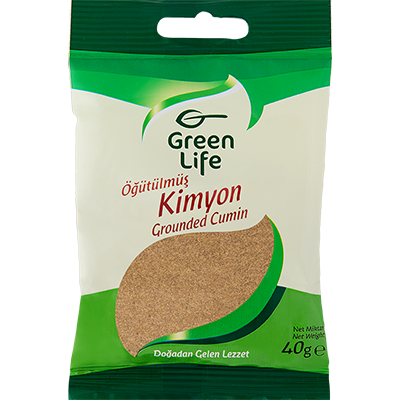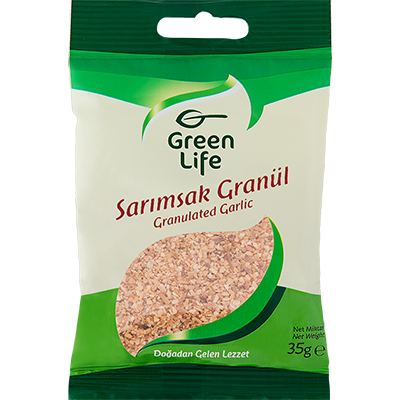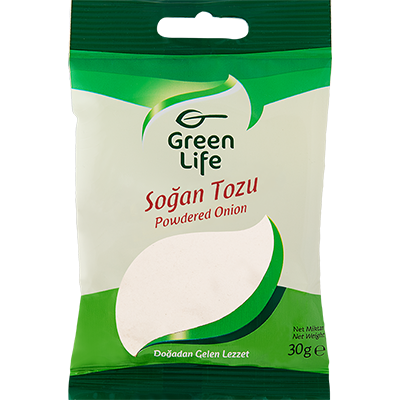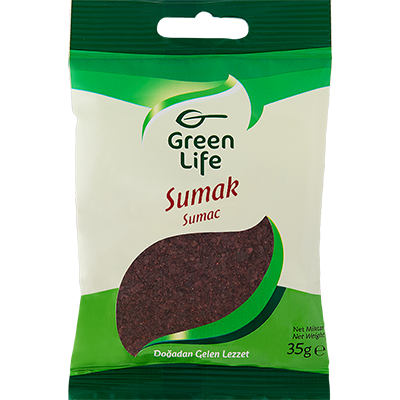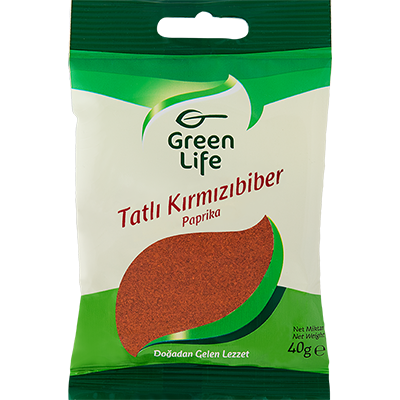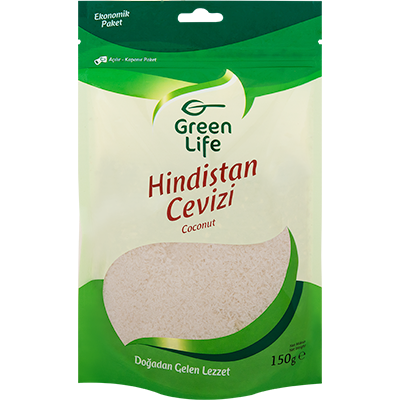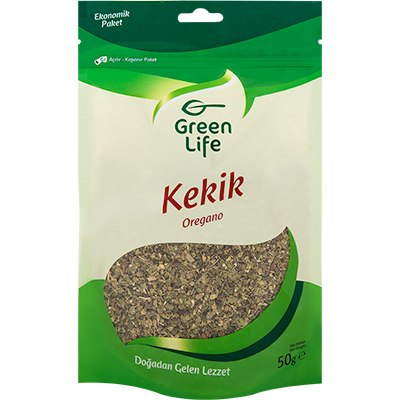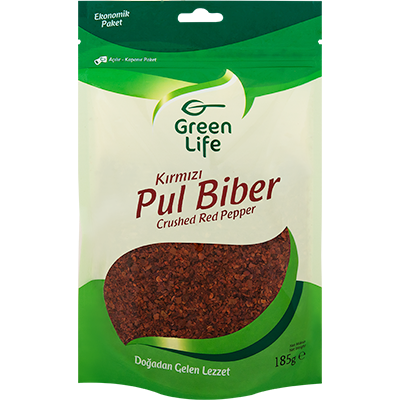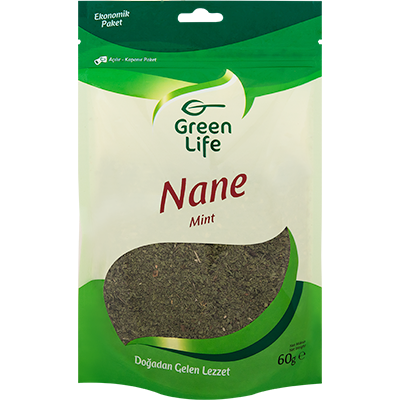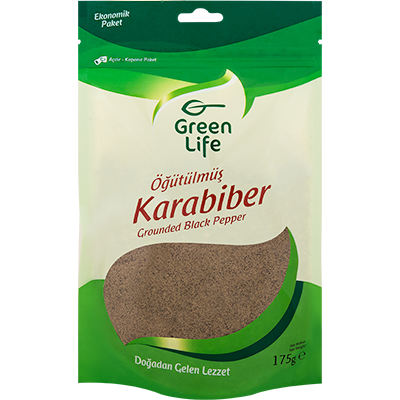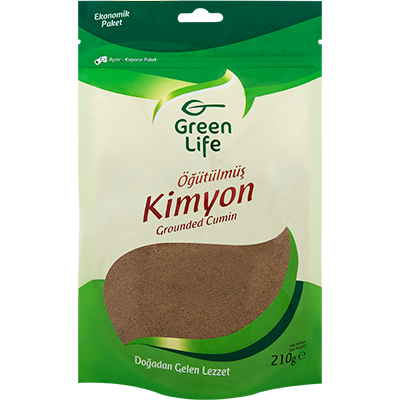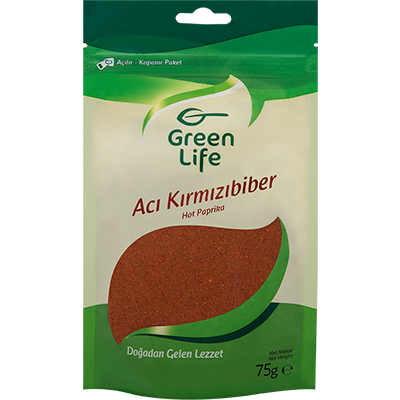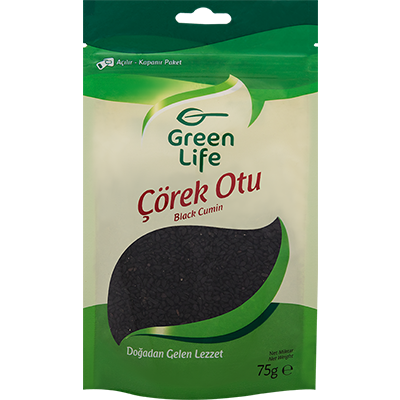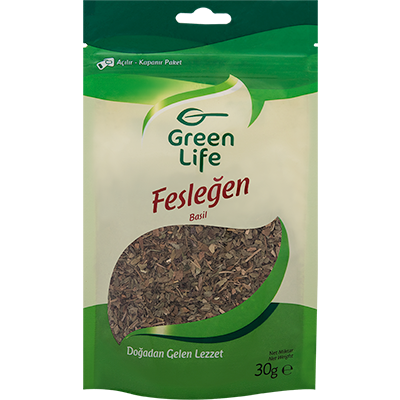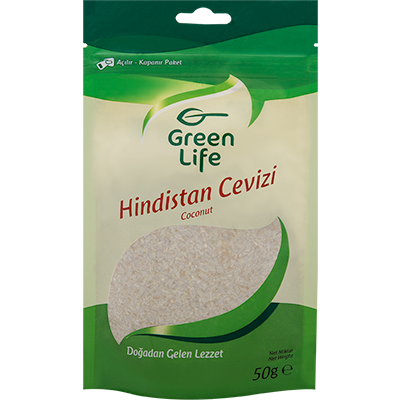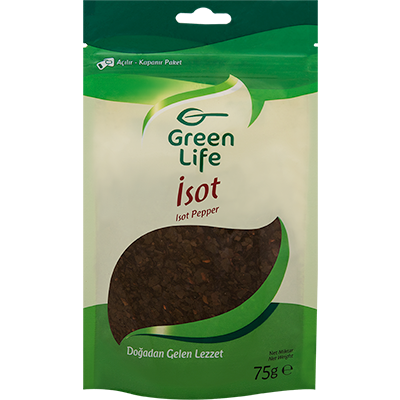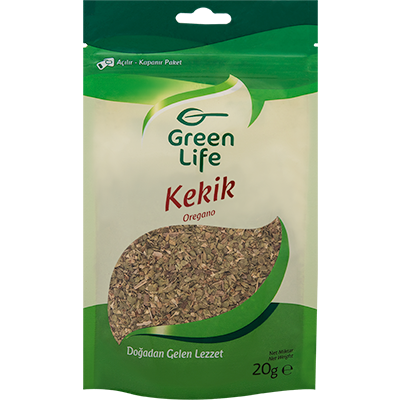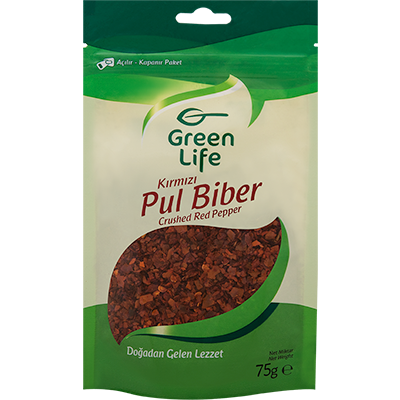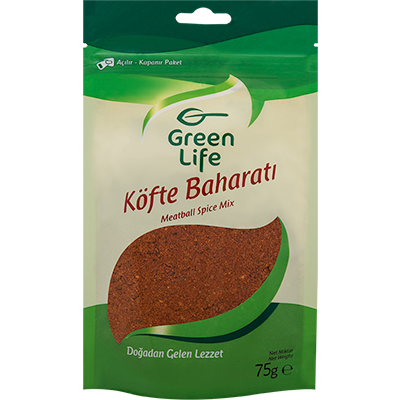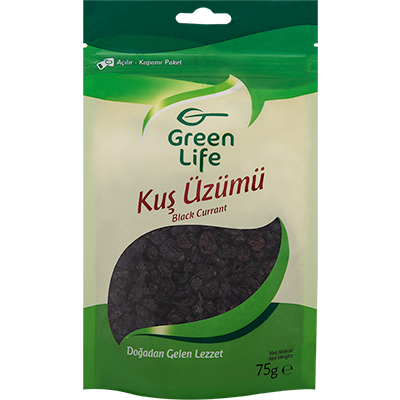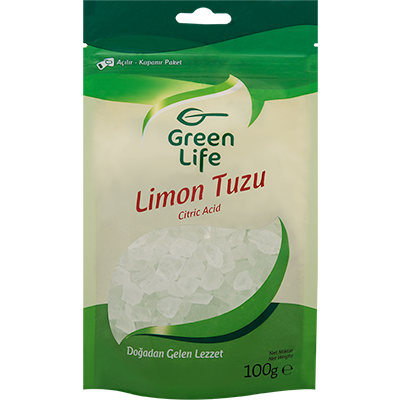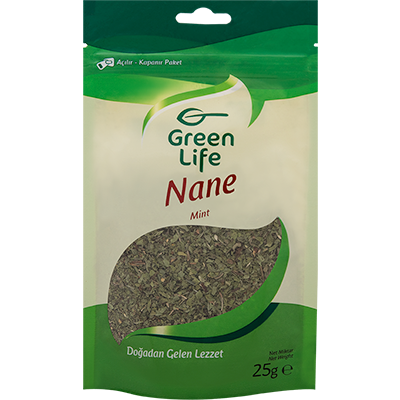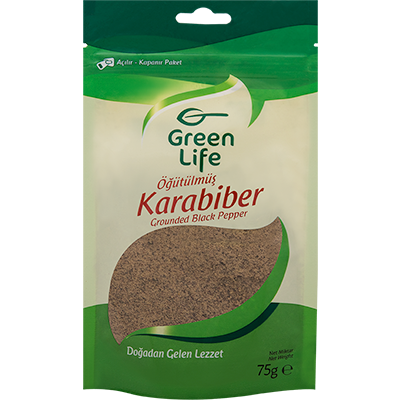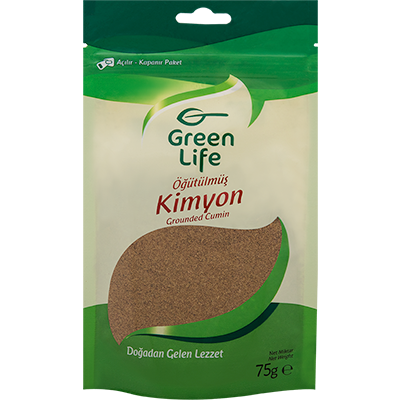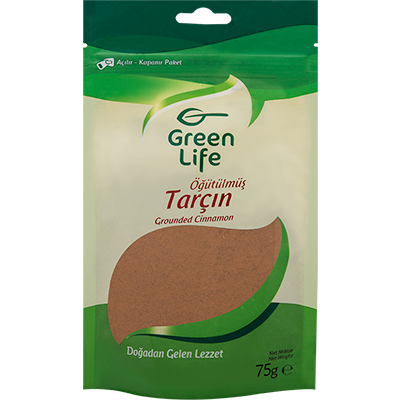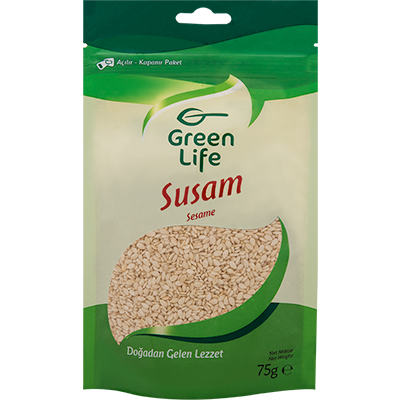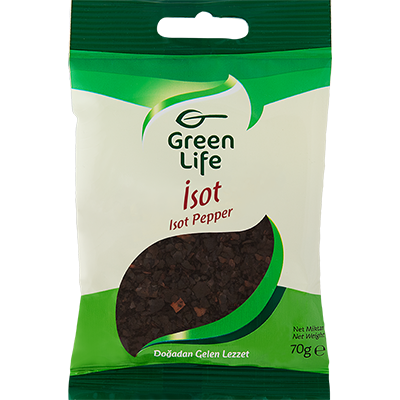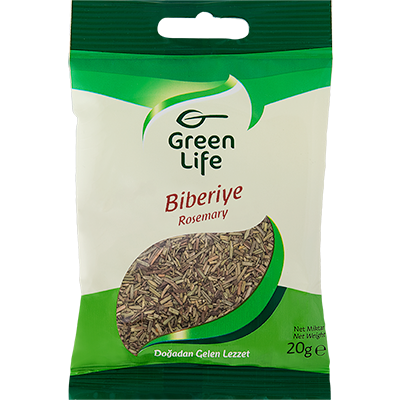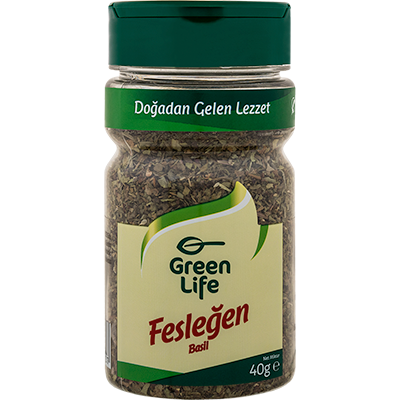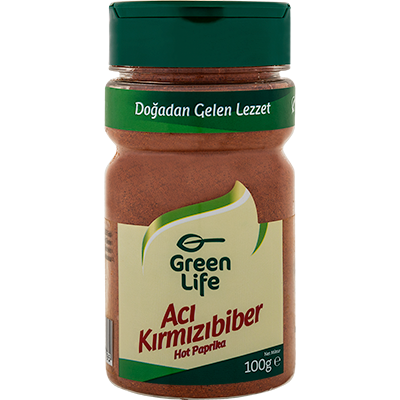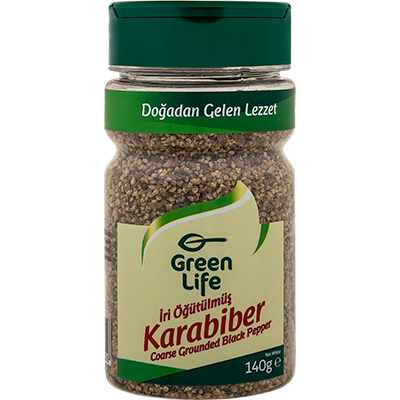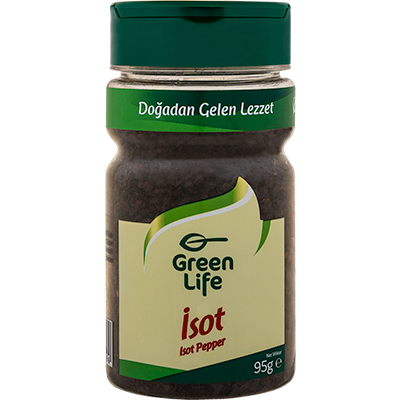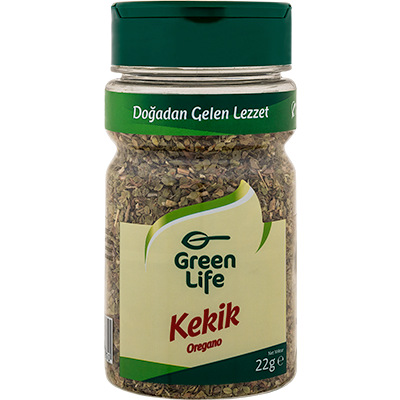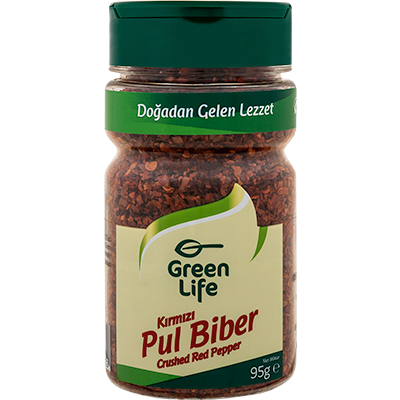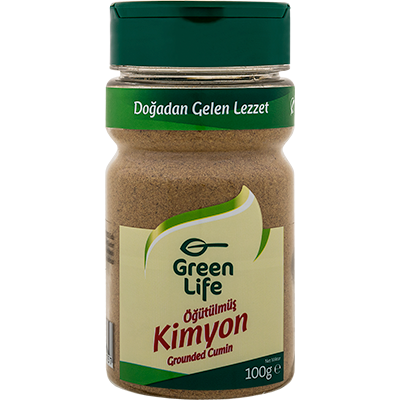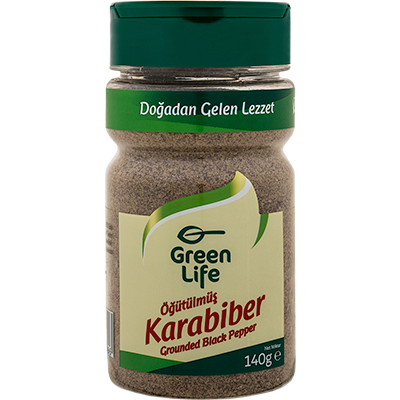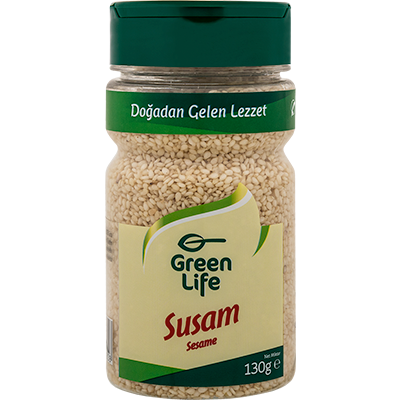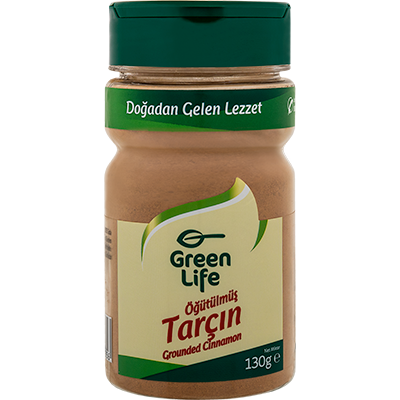Story of Spices / TURMERIC

As member of the ginger family, turmeric’s native land is South Asia and since ancient times turmeric has been used in different ways both for its taste and its color. It is an important plant and an ancient spice. Its most notable feature is its striking yellow-orange colors, which reminds one of saffron. The biggest producer of turmeric is India. 90% of India’s turmeric production is consumed domestically. Although it is one of the cheapest spices, it holds a significant sentimental value in its native land. It is added to nearly all meals prepared for special days, such as weddings and religious festivities.
Turmeric is a root plant. These roots can be picked, sold and consumed fresh or they can be dried, grinded and used. For the drying process, roots are boiled so that they stop growing ripe. Later, they are kept in the sun for 10-15 days until they’re dry. Once they become dry and solid, the process of grinding begins. Throughout this process, turmeric loses approximately ¾ of its weight.
Taste notes:
Fresh turmeric is known for its crispiness, ginger-like citrus aroma and its earthy taste with notes of citrus in the background. Dried turmeric has a richer and woody aroma with notes of flower, citrus and ginger. Its taste is rather bitter, sour, warming and sharp with a slight smell of musk
Harmony:
Turmeric has the ability to create harmony between the spices it is used with. When combined with different spices, you can prepare different spice mixes such as curry powder. Or you can use it by mixing it with some fresh ingredients and preparing a paste. Turmeric is generally used with vegetables and legumes, most notably with pilaf. It also works well with fish, chicken and lamb. Besides it warming aroma, it adds a pleasant yellow-orange color to meals. It is ideal for casseroles and braised meals. For sauces, it can be used as a coloring agent.
Tips:
The root of dried turmeric is like a yellow piece of wood. It is almost impossible to grind it at home. Therefore, you might need a special grinder. However, the best option is to buy ground turmeric and preserve it away from air, heat, light and humidity. It does not lose its coloring feature but its aroma fades away with time. You can keep it in a glass jar with a tight lid for 2 years.
Turmeric can stain your hands, kitchenware and clothes. Therefore, try to be careful when using turmeric.
Good idea:
By adding turmeric to rice pilaf, you can prepare a delicious yellow-orange pilaf to serves with meat meals. For this, fry some rice with a bit of butter and then add some water. Afterwards, add one or two teaspoons of turmeric depending on the quantity of rice you use. Mix turmeric with the rice and keep cooking it.
With turmeric, you can create lovely colored and tasty sauces to serve with steamed vegetables such as cauliflower and broccoli as well as chips and chopped vegetables. For this sauce, mix some yoghurt with a clove of crushed garlic, the zest half a lemon, a pinch of salt and turmeric. You will prepare a practical, delicious and light sauce.
You can also prepare a golden sauce by mixing 1 dessertspoon of turmeric with half a lemon juice, 3 tablespoons of mayonnaise, 1 dessertspoon of dried dill, 1 clove of crushed garlic, a bit of salt and black pepper. This sauce will add flavor to your roasted salmon or other fish. It will also moderate their tastes.
- -AKÇAABAT MEATBALL SEASONING
- -ANISE
- -WHITE PEPPER
- -ROSEMARY
- -PINE NUTS
- -CRISPY CHICKEN COATING MIX
- -NIGELLA
- -BAY LEAF
- -DILL
- -MEAT SEASONING MIX
- -BASIL
- -MUSTARD
- -DESICCATED COCONUT
- -İNEGÖL MEATBALL SEASONING
- -ISOT
- -ITALIAN PIZZA SEASONING
- -CARDAMOM
- -BLACK PEPPER
- -CLOVE
- -BAKING SODA
- -CHICKEN WINGS SEASONING MIX
- -BUTCHER’S MEATBALL SEASONING
- -THYME
- -RED PEPPER
- -CUMIN
- -CORIANDER
- -CURRY
- -DRIED BLACK CURRANT
- -SOUR SALT
- -MAHLAB
- -BARBEQUE SEASONING MIX
- -POPPY
- -PARSLEY
- -NUTMEG
- -MINT
- -PURPLE BASIL
- -GRANULATED GARLIC
- -GARLIC MUSTARD FRENCH FRIES SEASONING MIX
- -VEGETABLE SEASONING
- -SAUSAGE MEATBALL SEASONING
- -SUMAC
- -SESAME
- -CINNAMON
- -TARRAGON
- -CHICKEN SEASONING MIX
- -ALLSPICE
- -GINGER
- -TURMERIC
- -SPICE BLEND FOR STUFFED VEGETABLES IN OLIVE OIL
